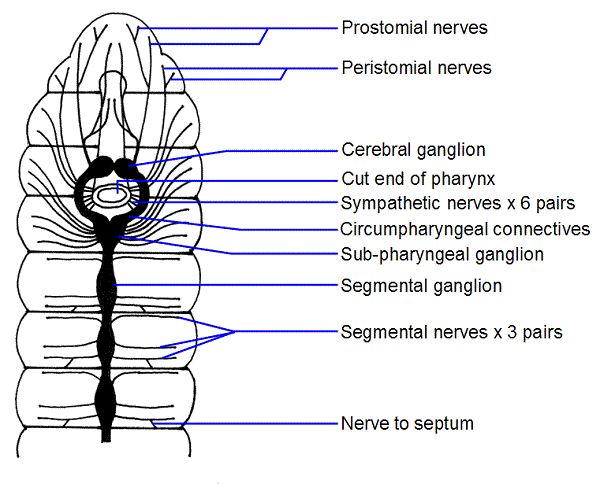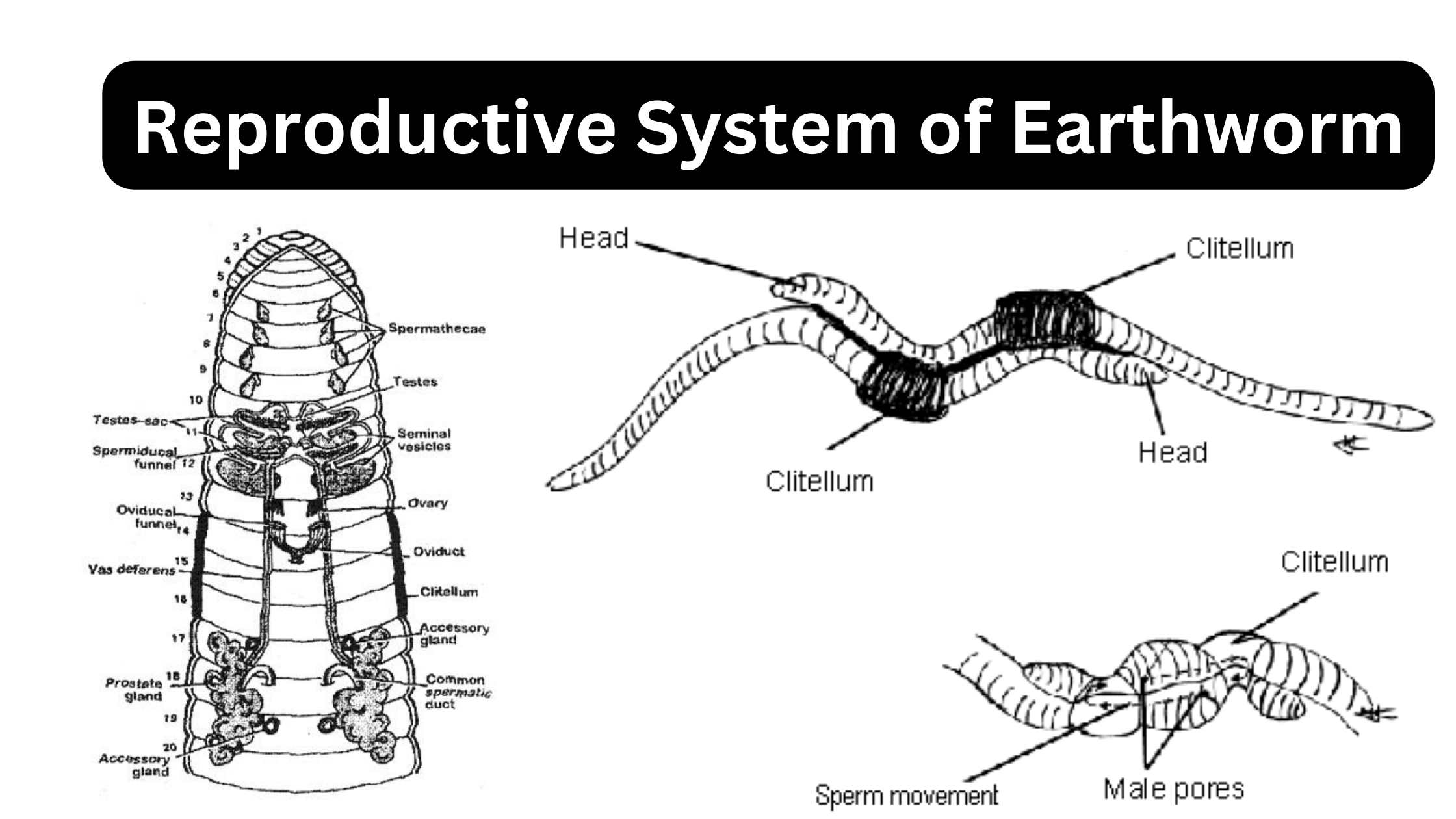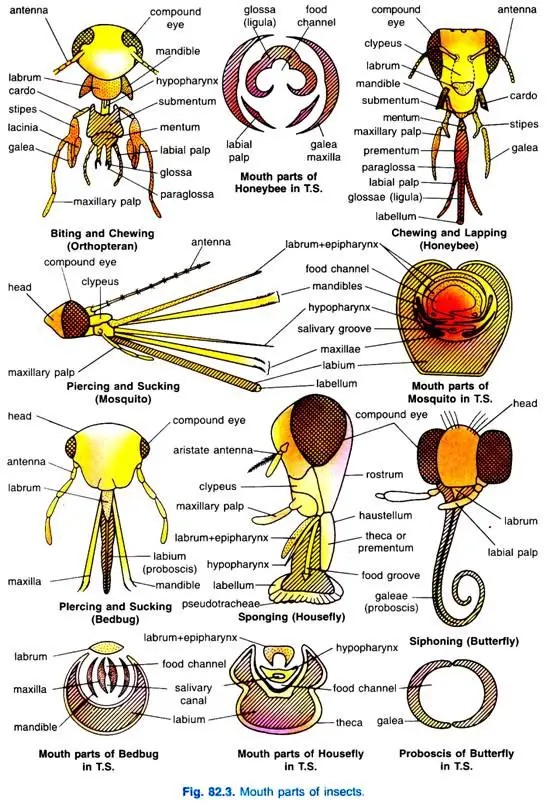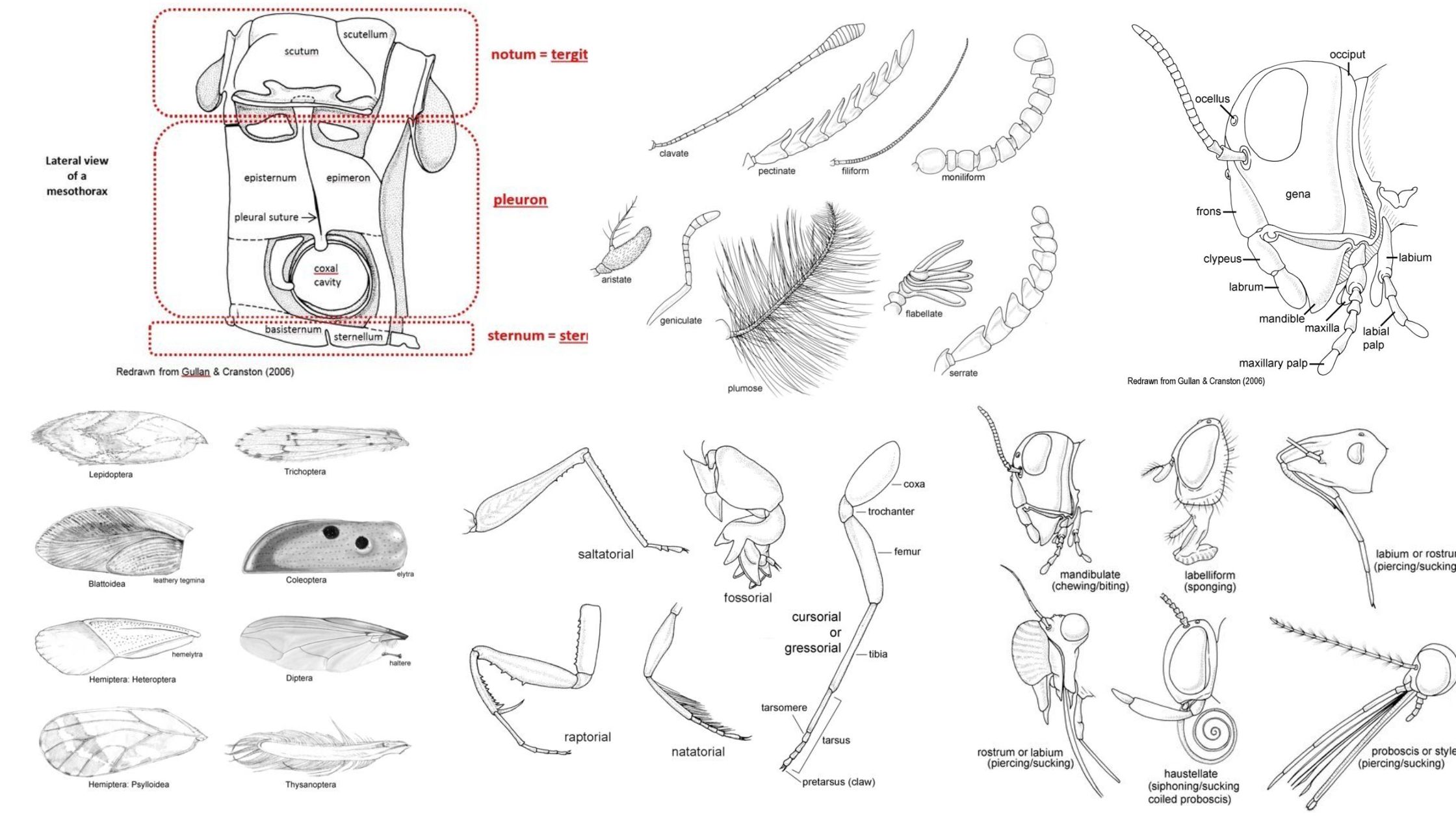Nervous System of Earthworm
The earthworm, a common annelid found in gardens and soil worldwide, possesses a simple yet effective nervous system that serves as a model for understanding basic neural functions in more complex organisms. Unlike vertebrates with centralized brains, the earthworm’s nervous system is segmented and decentralized, reflecting its elongated, cylindrical body structure. At the anterior end, … Read more









